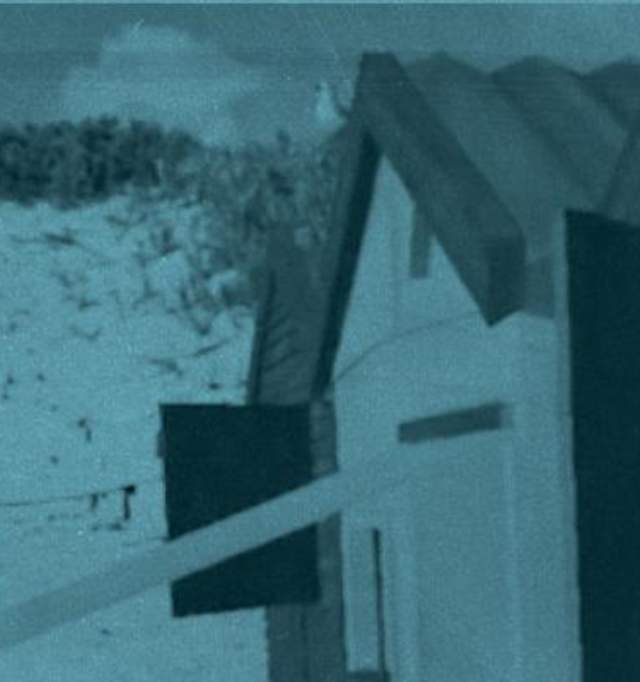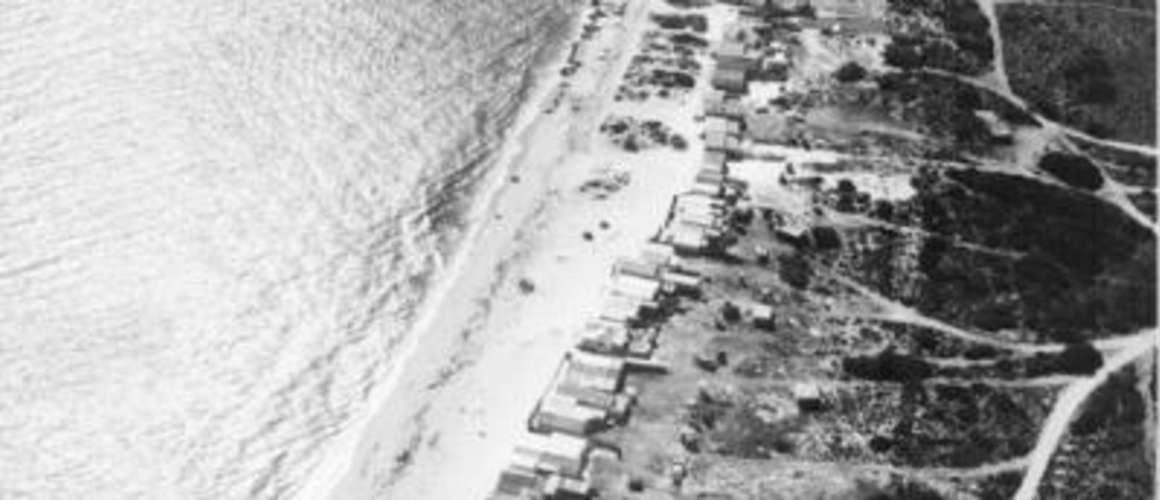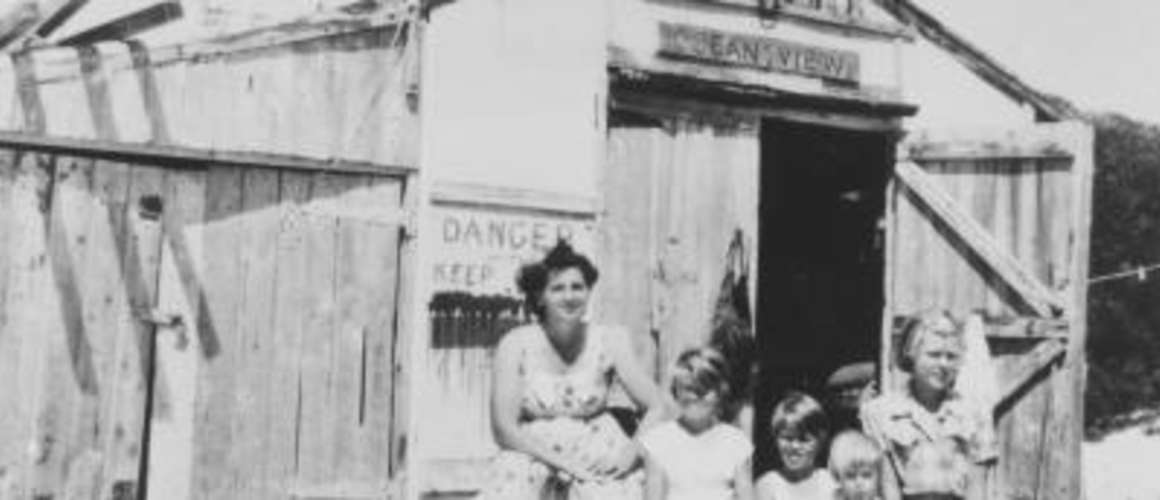Beach Shacks
Step Back in Time
Welcome to a stop along the Sunset Coast Immersive Trail!
This is an Augmented Realty tour, where we have recreated a small segment of local history for you to experience.
1. How to launch the AR experience.
Travel to the trail (see map) or find a flat surface or floor and tap to explore
Click the links below to load the Augmented Reality filter - either through Facebook or Instagram.
Login if necessary and allow any necessary permissions or access to your camera.
Explore your AR experience! Move around and scan the surroundings.
Launch in Facebook | Launch in Instagram
HINT: Explore the trail, zoom in and check out the camp fires, tents and horses
2. Explore more stops along the trail
Simply download the trail map, jump in the car and head to your next moment in time.
A point in time...
Beach shacks were a familiar sight along this coastline from as far back as the early 1920’s. They began as homemade canvas tents set up on weekends and holidays but around 1925 the first shack was constructed. That appeared at Point Whitfords Beach and was owned by John Hopkins and he was not on his own! Hugh Hastings and many other Wanneroo families joined him making a regular trip down here on their horse and carts negotiating their way through the sand dunes.
Initially built of beach timber and flattened kerosene cans for the roof. Later, the shacks became a little more sophisticated with asbestos sheeting and tin and even rainwater tanks for drinking and household use. A permanent track was cut through the dunes and this became a limestone road maintained by the shack owners at an annual busy bee.
The Shire of Wanneroo charged two shillings a week or five pounds a year for the shack leases.
In the 20’s, 30’s and 40’s the Shacks located around Whitfords Beach, from Pinnaroo Point north, were built on land owned by Tom Simpson who bought it from the Midland Railway Company. Tom was a dairy farmer and a significant landowner, who at one time had 3,100 acres (1,250 hectares) encompassing what is now Kallaroo, Craigie, Hillarys and Padbury (What would this be worth today?). Tom Simpson Park, Mullaloo, Simpson Drive and Simpson Park, Padbury are all named after him.
On the 8 July 1964, the shacks around Hillarys Beach were devastated by a storm. Many were washed away, and others left tilting into the sea. With the beach gone, the Shire compensated the lease holders with new 10-year leases for sites further north at Pinnaroo Point and Whitfords Beach.
The ramshackle shacks were never well maintained, and many were falling apart. There was a desire to clean up the area and address the significant degradation and erosion. The Shire listened and clearing commenced in 1972 and the final shack was removed in 1975.
The natural environment has recovered to what we enjoy today. The dunes are not as big or extensive as they once were, but they are stable and the bio-diversity of plants and birdlife is blossoming.




